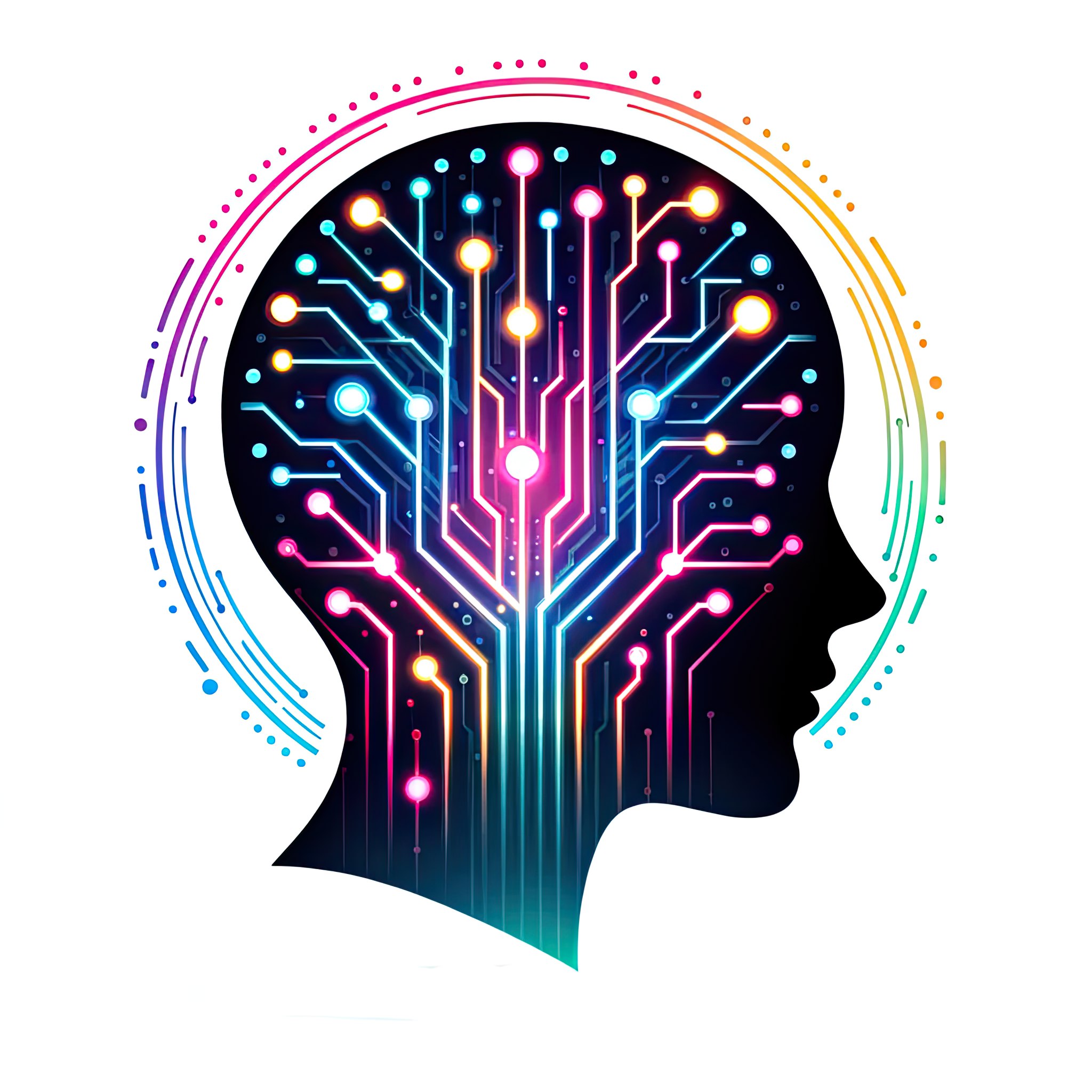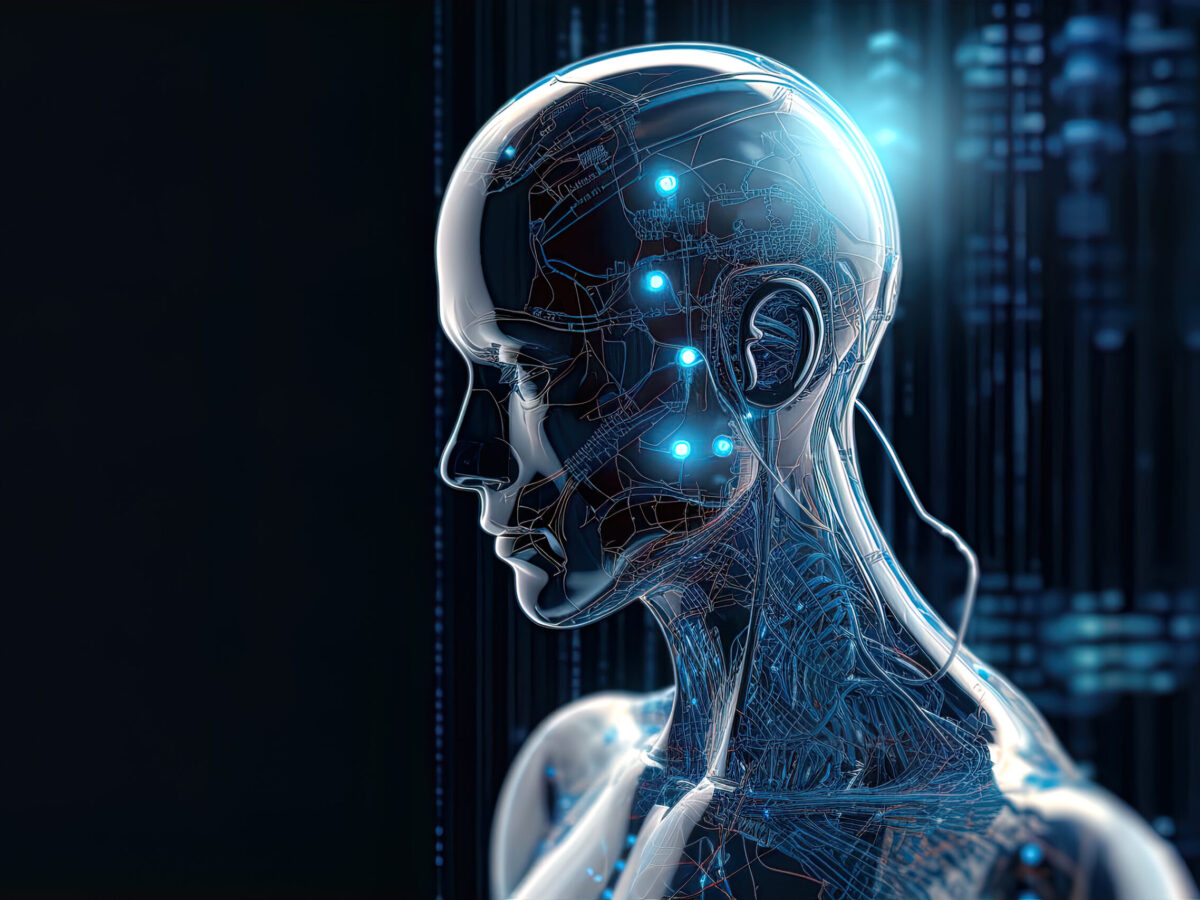GPT-4, a groundbreaking natural language processing system, can generate coherent and engaging conversations on a wide range of topics. Its deep neural network has been trained on an extensive corpus of text from various internet sources, including books, news articles, social media posts, blogs, and more. GPT-4 is multilingual, fluently understanding and communicating in languages like English, Español, Italian, Français, and Deutsch.
Several features differentiate GPT-4 from its predecessors, such as GPT-3 or GPT-2. Firstly, its larger model size and vocabulary, with over 500 billion parameters and 100 billion tokens, allows for greater nuances and subtleties in natural language understanding and more diverse, creative responses. Secondly, its improved attention mechanism focuses on the most relevant input and context while avoiding repetition or inconsistency. Thirdly, its advanced decoding strategy strikes a balance between following the input, generating novel content, and being informative and entertaining. Lastly, GPT-4 incorporates a more robust safety mechanism to detect and avoid harmful or offensive content, such as hate speech, misinformation, or personal attacks.
GPT-4 is not only an extraordinary achievement in artificial intelligence research but also a powerful tool across various applications and domains. It can be utilized as a personal assistant, tutor, therapist, friend, storyteller, poet, coder, journalist, and more, or even enhance existing services and platforms like search engines, social media networks, e-commerce sites, and gaming systems.
Despite its remarkable capabilities, GPT-4 has room for improvement. It may occasionally generate factual errors or logical inconsistencies that are difficult to spot or correct. Furthermore, it may lack common sense or emotional intelligence essential for human communication and face ethical or social challenges necessitating careful consideration and regulation.
As we contemplate the future of GPT-4 and its successors, we might speculate about a hypothetical GPT-5 version. We can base our hypotheses on current trends and challenges in natural language processing research and development while discussing the implications and risks of these developments for human communication and interaction.
Possible future developments of GPT-5:
- GPT-5 may feature an even larger model size and vocabulary than GPT-4, reaching trillions of parameters and tokens. This could enable it to cover more domains and topics, learn from various text sources and formats (such as images, videos, audio), and generate increasingly complex and sophisticated responses.
- GPT-5 may possess a superior knowledge base that can store, retrieve, and dynamically update factual information from various sources (such as Wikipedia). This could enhance its accuracy and consistency when generating factual statements or answering questions.
- GPT-5 may exhibit improved reasoning ability, inferring logical relations and implications from input and context. This could heighten its coherence and relevance when generating responses or arguments.
- GPT-5 may have a more refined personality model that can adapt to users’ preferences, moods, styles, and backgrounds, increasing personalization and engagement when generating conversations or content.
- GPT-5 may include a more advanced emotion model that can detect and express emotions from input and context, improving its empathy and rapport when generating responses or feedback.
- GPT-5 may possess a superior dialogue model capable of managing multiple conversation turns with different goals (such as information-seeking, persuasion, negotiation) and strategies (like politeness or humor), enhancing its effectiveness and efficiency when generating dialogues or interactions.
All images and all text in this blog were created by artificial intelligences

